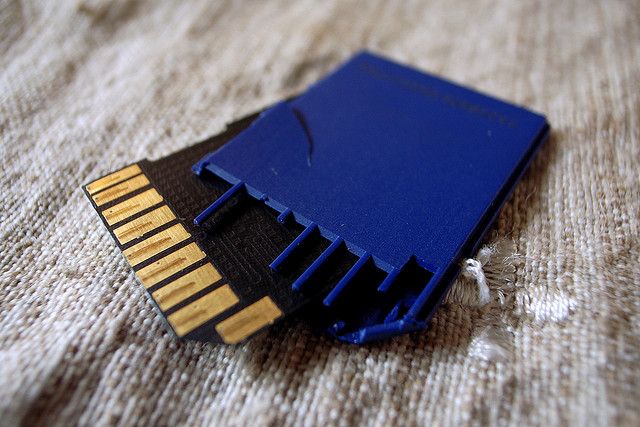I see this question popping up all the time, literally twice a day on our VMware internal slack, can I boot ESXi from an SD card while placing OSDATA on my SAN? I guess people are confused after reading this article. It is probably a result of skim-reading as the article is in-depth and spells it out to the letter. If you look at the following table then it mentions FCoE and iSCSI:

However, FCoE, iSCSI, and FC would only be supported when you boot from SAN, only then is OSDATA supported on a SAN device. When you boot from USB/SD, OSDATA will need to reside on a locally attached device. In other words, the answer to the original question is: no you cannot boot ESXi from an SD card and place OSDATA on your SAN. Again, for details, read this excellent document.
 We’ve all seen those posts from people about worn-out SD/USB devices, or maybe even experience it ourselves at some point in time. Most of you reading this probably also knew there was an issue with 7.0 U2, which resulted in USB/SD devices wearing out a lot quicker. Those issues have been resolved with the latest patch for 7.0 U2. It has, however, resulted in a longer debate around whether SD/USB devices should still be used for booting ESXi, and it seems that the jury has reached a verdict.
We’ve all seen those posts from people about worn-out SD/USB devices, or maybe even experience it ourselves at some point in time. Most of you reading this probably also knew there was an issue with 7.0 U2, which resulted in USB/SD devices wearing out a lot quicker. Those issues have been resolved with the latest patch for 7.0 U2. It has, however, resulted in a longer debate around whether SD/USB devices should still be used for booting ESXi, and it seems that the jury has reached a verdict.